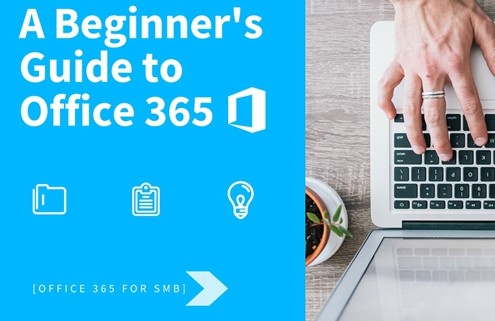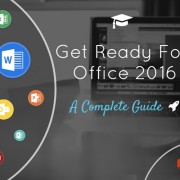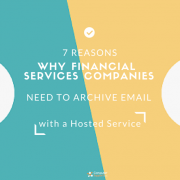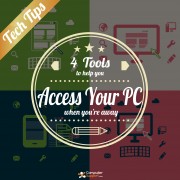A Beginner’s Guide to Office 365
The requirements of operating a small-to-medium sized business (SMB) is increasingly revolving around the concept of cloud computing data, speed of access and organization wide use, and lower operating and running costs. Now that the cloud computing models are perceived with greater business cost savings and higher operational efficiencies, it is only natural that office applications such as word processing, spreadsheet, and database management reflect the trends and preferences.
This is why Microsoft responded with its Office 365 to help businesses leverage their online, cloud-networking operations to the next level. Office 365 has already surpassed Google Apps as the preferred cloud-based productivity suite. According to an in-depth review article from PCWorld, Office 365 is the clear winner among online productivity suites and email tools for businesses.
If you are a SMB that intends to use Office 365, then the following guide will prove to be a major help.
Office 365 – What is it?
Office 365 is an online application suite developed by Microsoft to let businesses enjoy the same set of software applications that we are all used to – Microsoft Word, Excel, PowerPoint, Access, and more. The purpose of the Office 365 is to let businesses use the software applications on a needs-basis through a subscription pricing model instead of purchasing the entire application suite.
Getting started
Getting started with your Office 365 involves undertaking a number of steps after you have signed up for your Office 365 account. The steps are as follows:
1. Select your domain and create user accounts
You can easily add your own domain to your Office 365 if you intend to access e-mail from your official company account. You also have the option of selecting the domain provided by Office 365. Once you have selected your option, you will then need to create user accounts with password protection to be able to log in and access Office 365 programs.
2. Set your e-mail account
The Office 365 is accessible via an Exchange Online and Outlook Web App. The Exchange Online App allows you to manage your contacts, e-mail, and calendar all-in-one in a single application via the Outlook Web App. When you create your user accounts as outlined in the previous step, Office 365 provides mailboxes for each user account you create. However, you as an administrator have control over the settings for each user account and the mailboxes.
You can also choose to import your e-mail contacts to your Office 365 e-mail account, depending on which e-mail provider you use. For instance, if you had been using Outlook, you can simple move all the data through your account. It will also let you copy the details and numbers of your contacts.
3. Set up team-site and the necessary documents
Next, you need to set up a team-site, which will contain all the important information and documents that will be accessible from anywhere. Office 365 automatically creates one team-site when signing up so you will simply be required to add the relevant documents and allow your team members access rights to be able to use it. The team members will then also be able to use Office 365 applications such as Excel, OneNote, PowerPoint, and Word.
4. Organize your mobile access
Data storage in Office 365 is done in the cloud. This gives you immense convenience and flexibility in accessing data from the comfort of your mobile phones and other devices such as tablet PCs. To set up your personal mobile devices, you will be required to set up Lync for mobile devices or go through the Mobile Phone Setup Wizard.
5. Select online communication channels
Through Lync, a real-time communications tool, you can see which of your coworkers are online and available for messaging, audio and video calls. You even have the option to make presentations using a virtual whiteboard. This has tremendous business opportunities for remote-working and collaborating with teams.
6. Create a public website
Using SharePoint Online, you can create your very own professional-looking website for your organization. If you already have a website, you can simply point Office 365 to your current website.
7. Make everyone familiar
As soon as the setup process for Office 365 is complete, you can let your team members know and provide them with the relevant instructions and guidance on how to make the most out of it. You can notify them via e-mail and let them know of their user access rights and permissions.










